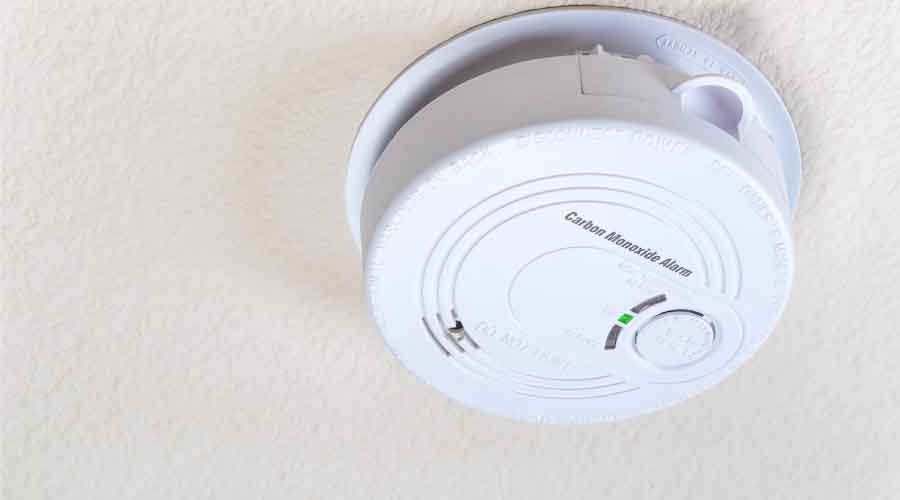
University of Virginia Responds to Reports of Mold in Dorms
Students living in university dormitories recently experienced disruptions in living situations due to reports of mold. October 28, 2022
By Dan Hounsell, Senior Editor
The nation’s higher education facilities have long been under pressure to find adequate funding and time to address deferred maintenance in their aging facilities, and that pressure grows annually when students return to classrooms and dormitories.
The University of Virginia is the latest institution to encounter maintenance problems in its facilities. Students living in several university dormitories, such as Woody-Cauthen, Dunglison, Courtenay and Fitzhugh, recently experienced disruptions in their living situations after discovering deposits of mold throughout their rooms. Impacted students report symptoms associated with mold exposure and frustration with the university’s response.
Mold can cause several physical health issues similar to allergies in people who are exposed to the substance including congestion, sneezing, coughing and a sore throat.
The university's housing and residence life is responding to new reports regarding the presence of mold or mildew in dorms, says Bethanie Glover, a university spokesperson. Investigations of mold are completed by HRL, facilities management and environmental health and safety. Glover says if mold is found in an investigation, it is removed so teams can determine the cause.
“In most cases where small amounts of mold are found, remediation involves changing resident behavior — for example, not leaving wet laundry in closets, not leaving the windows open while the air conditioning is running [or] not obstructing HVAC vents,” Glover said in an email statement.
Glover added that the university is not currently aware of mold-related illness trends on grounds.
First-year student Simone Minor first noticed what she thought was dust on the floor of her Cauthen dorm after her air conditioning unit broke, which caused increased humidity. Once her resident advisor identified the substance as mold instead of dust, Minor contacted facilities management and environmental health and safety about the issue. Even after facilities management cleaned the room, Minor says she and her roommate continued to find more mold.
Dan Hounsell is senior editor of the facilities market. He has more than 25 years of experience writing about facilities maintenance, engineering and management.
Next
Read next on FacilitiesNet












